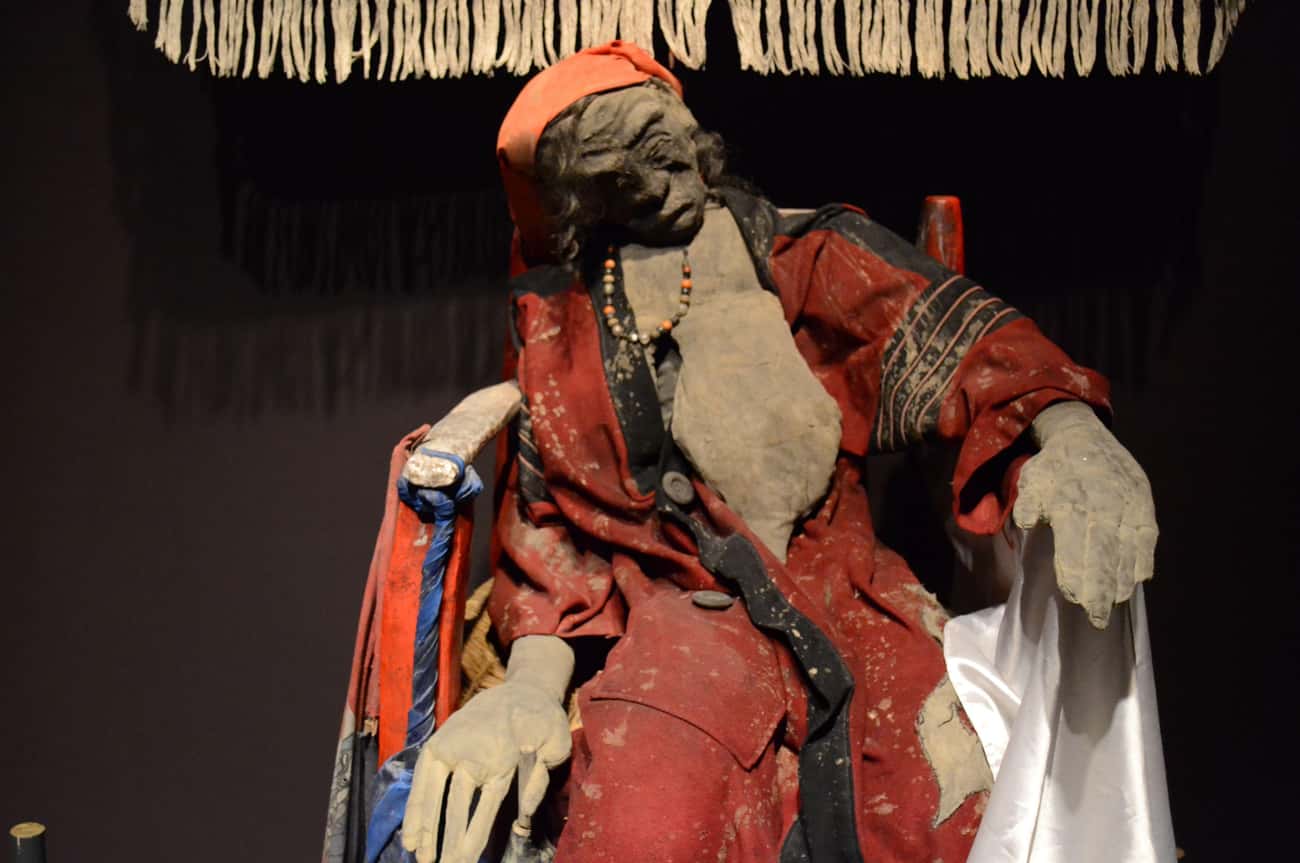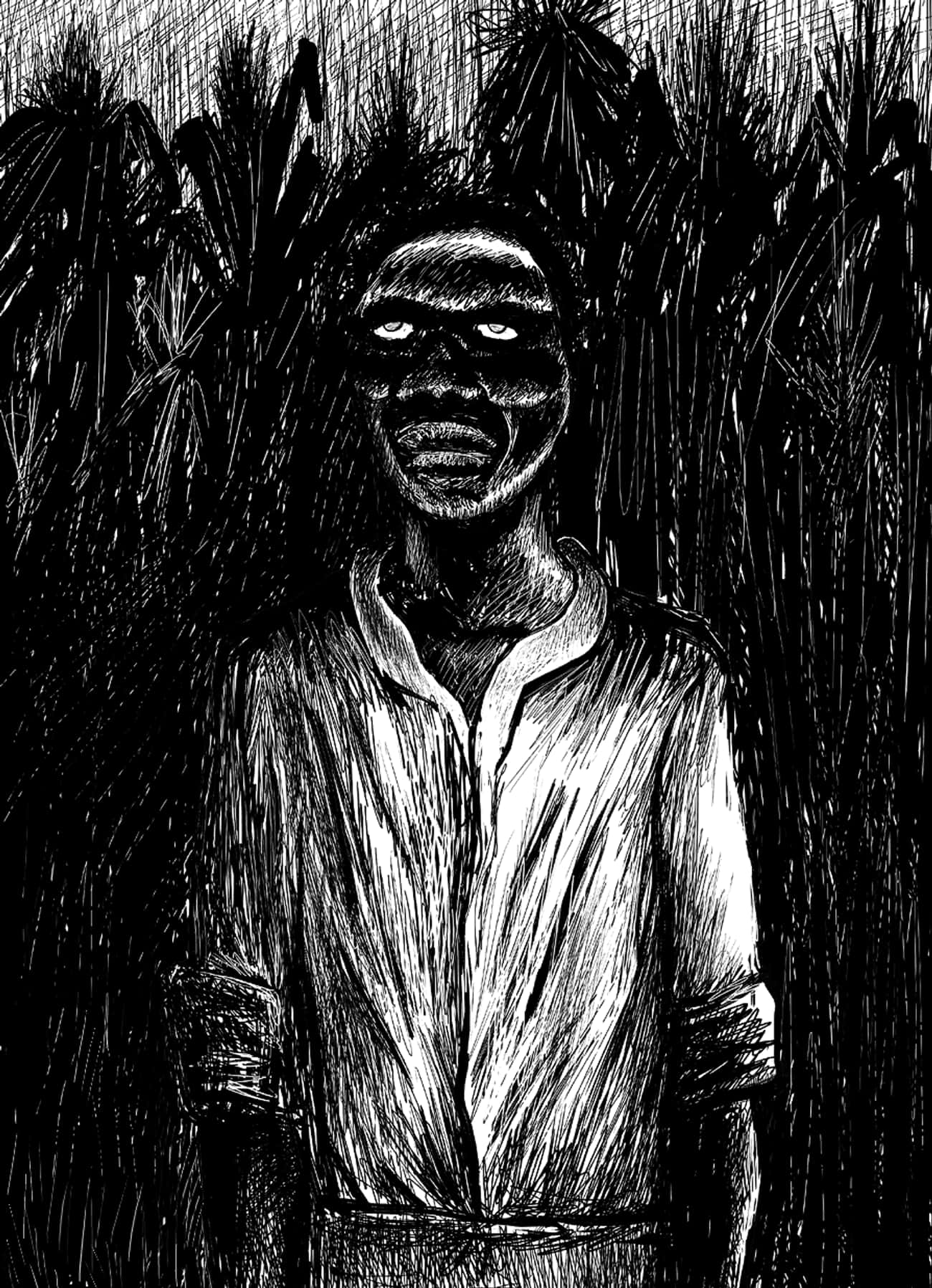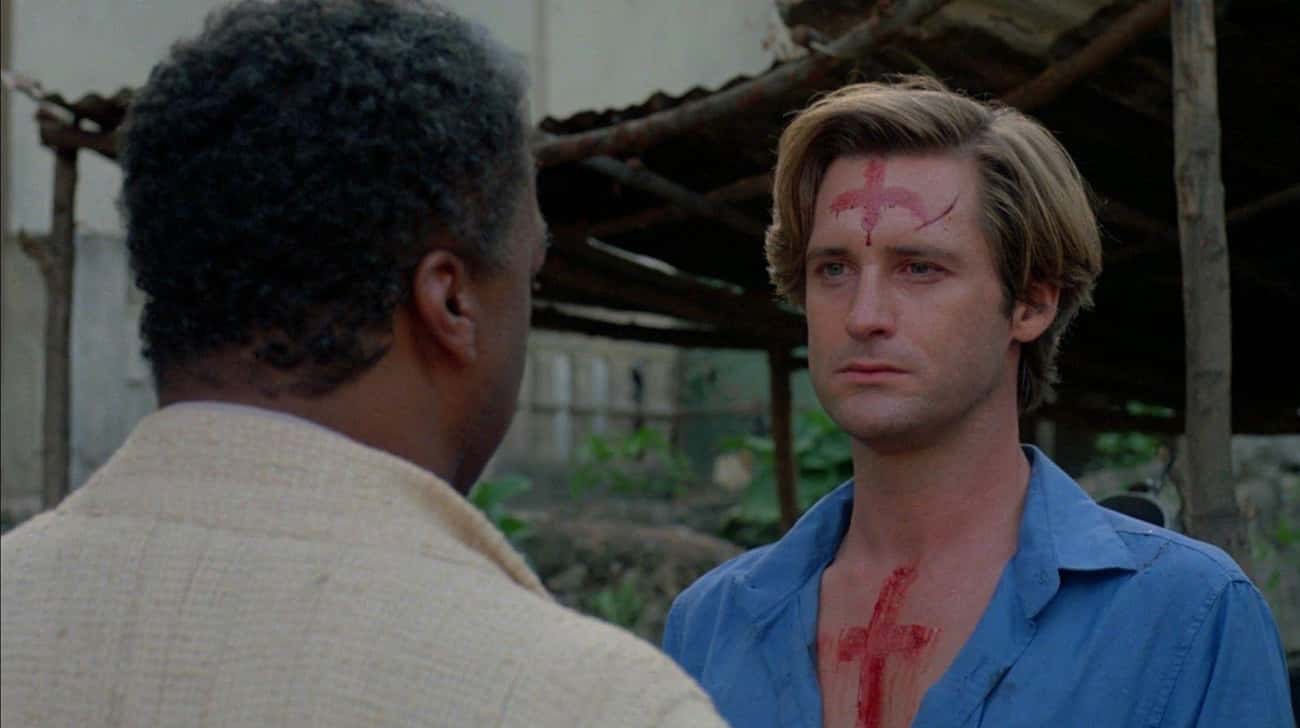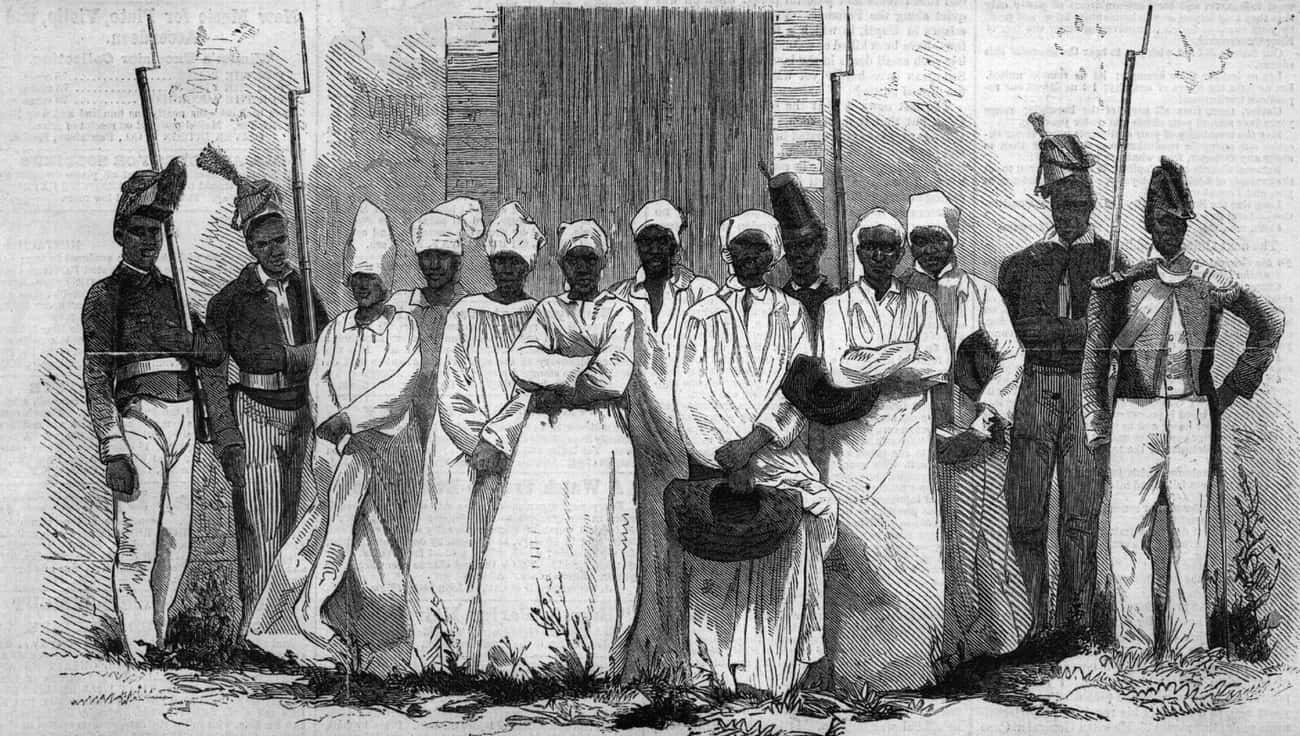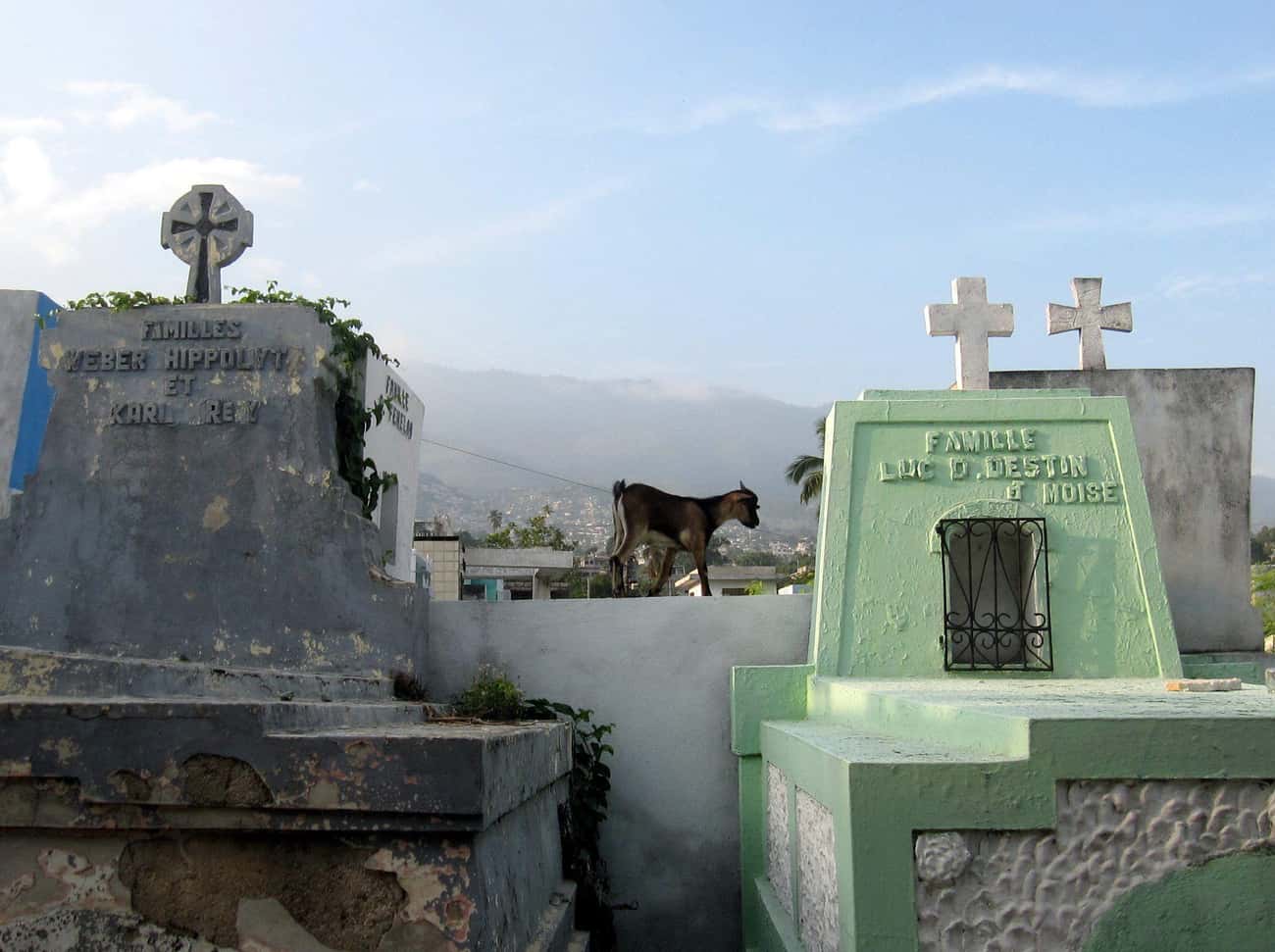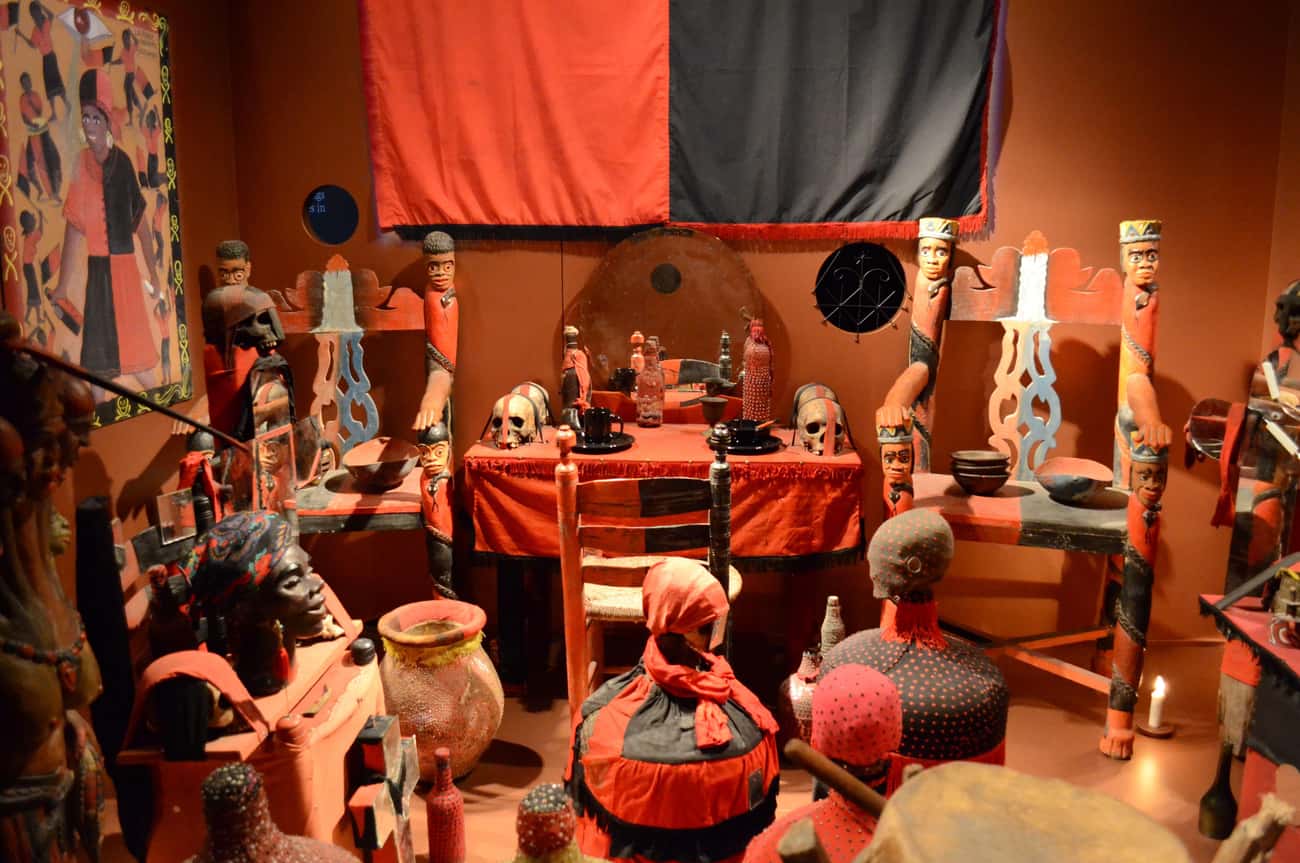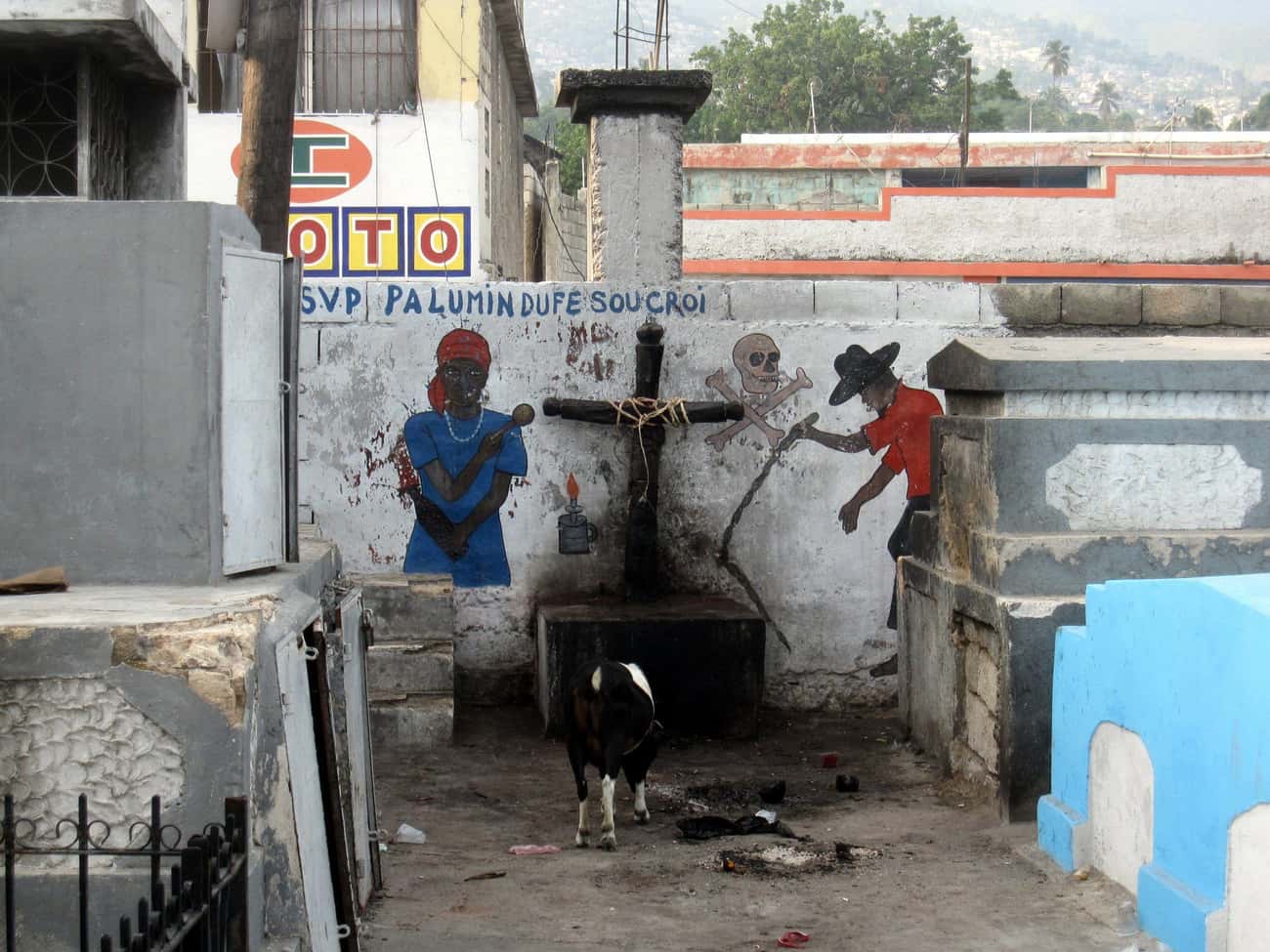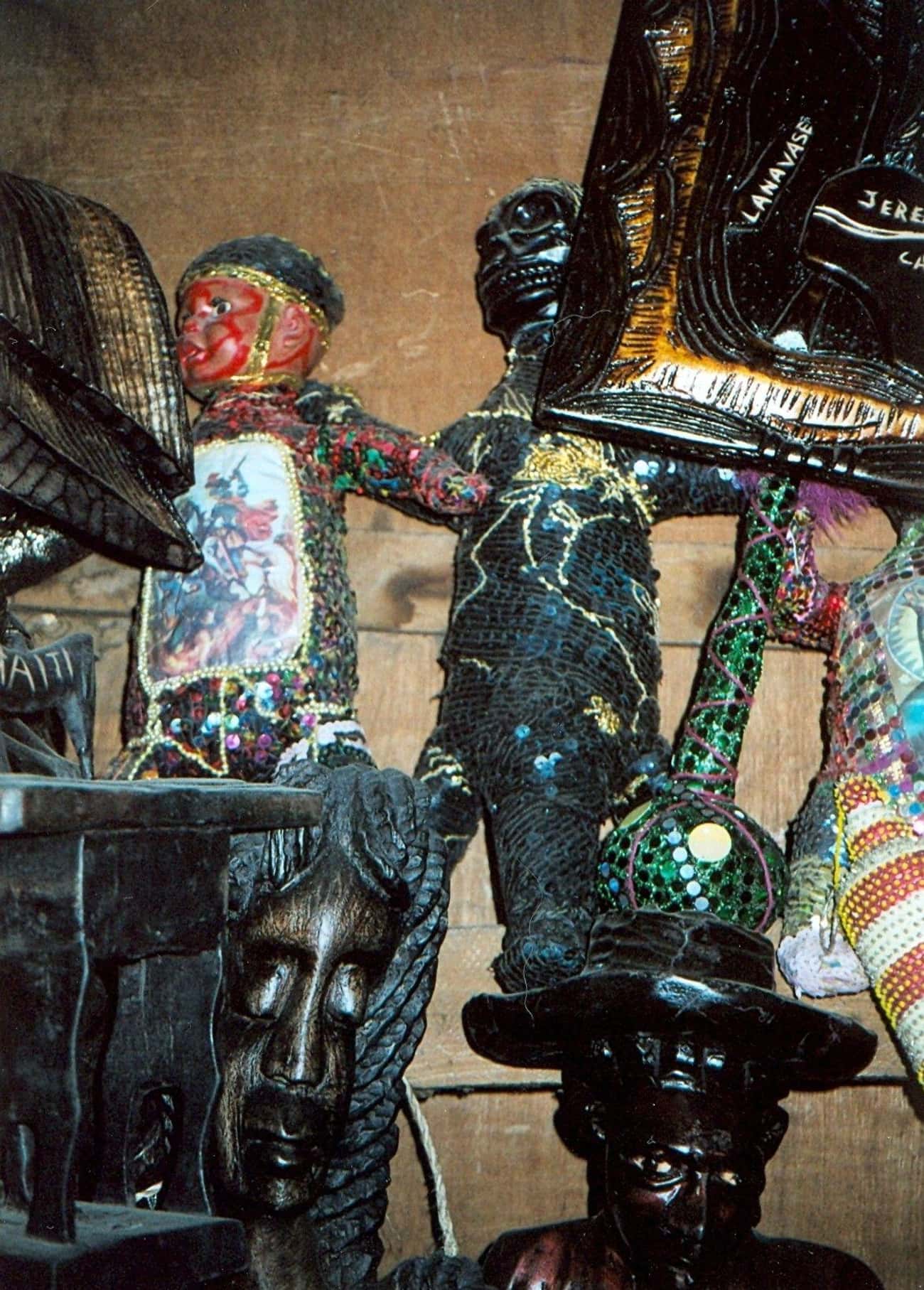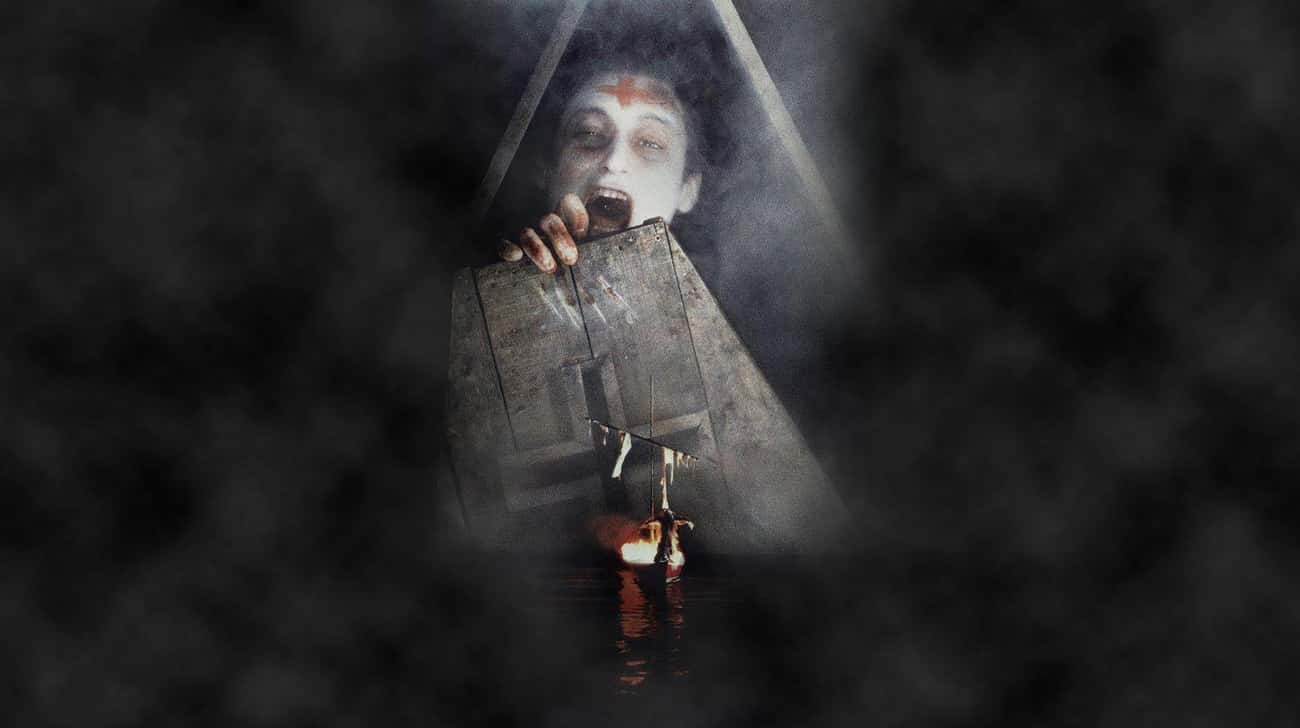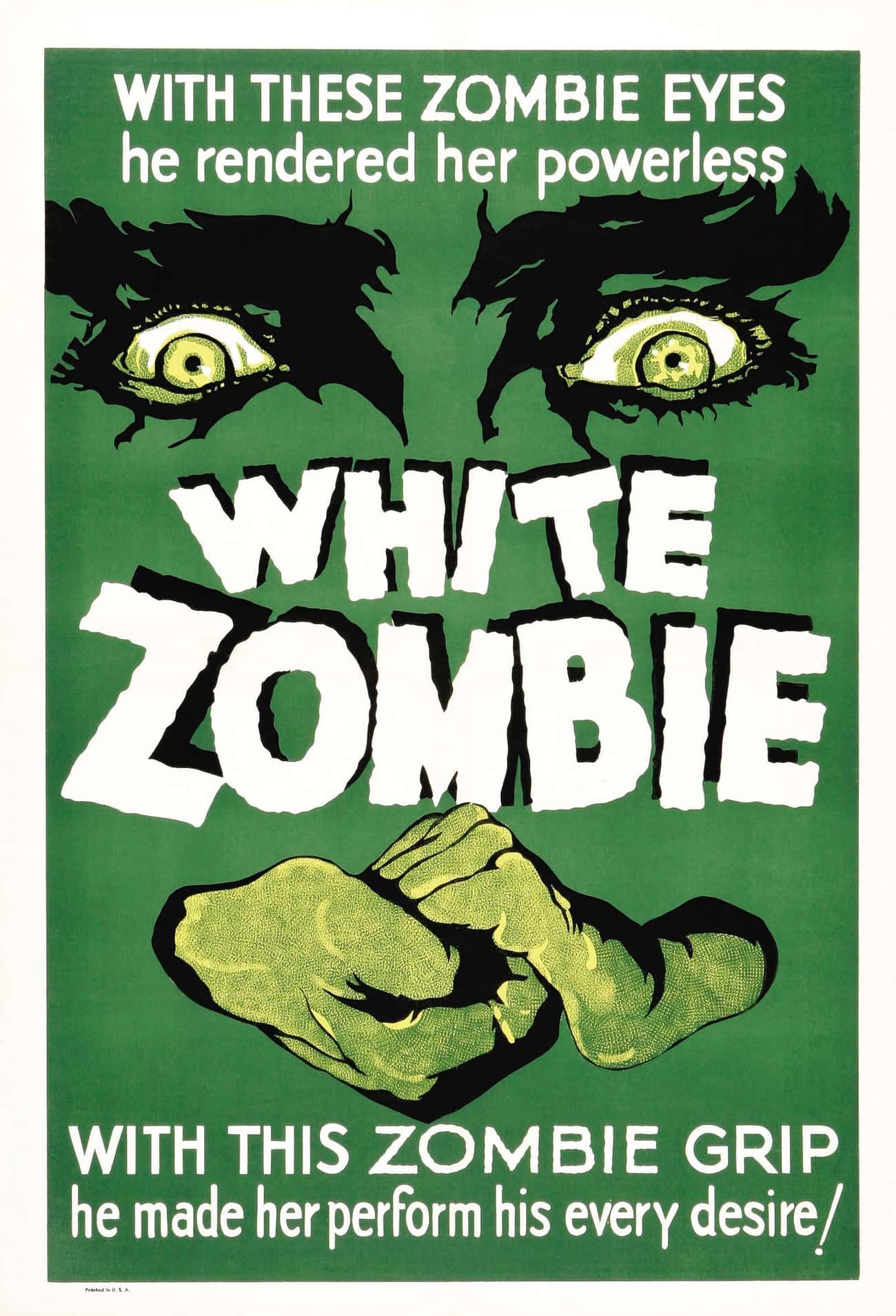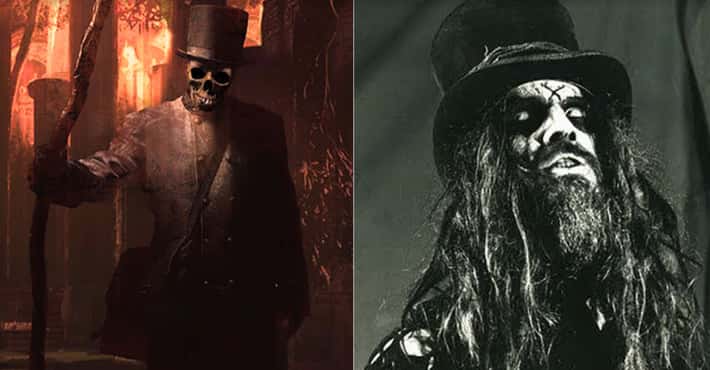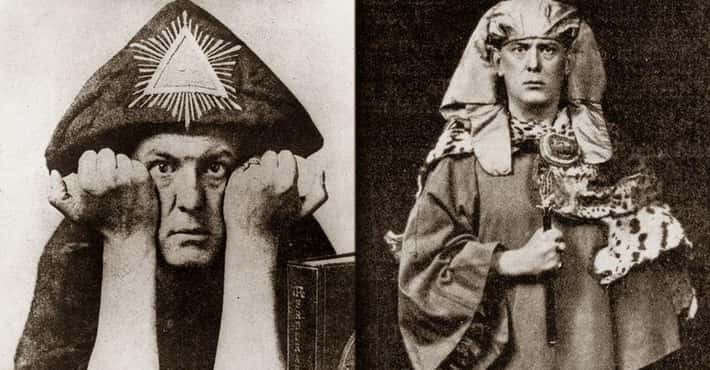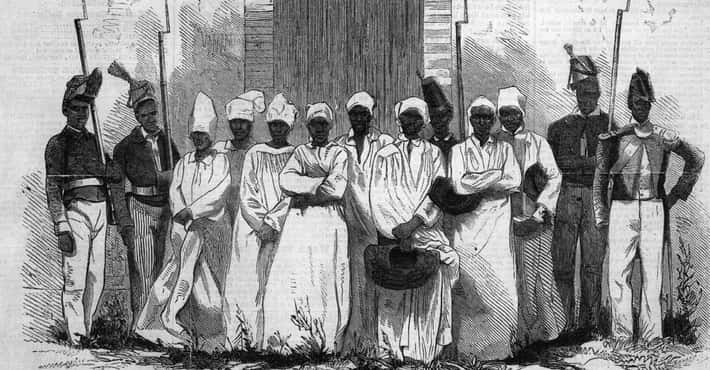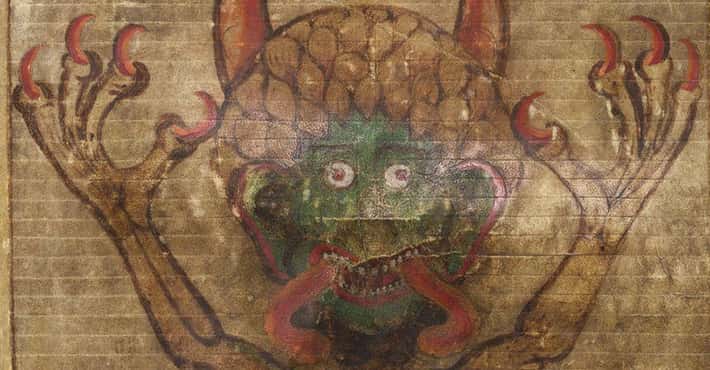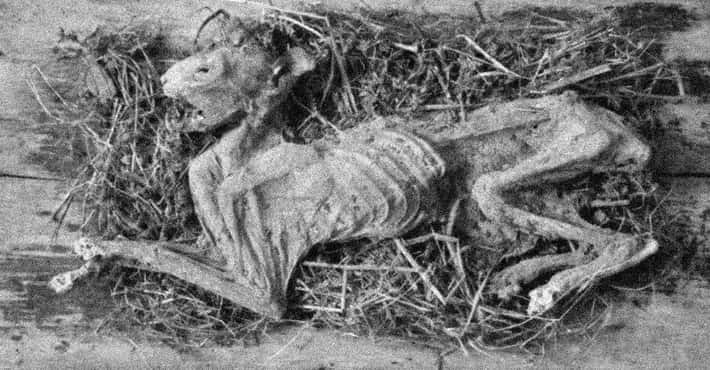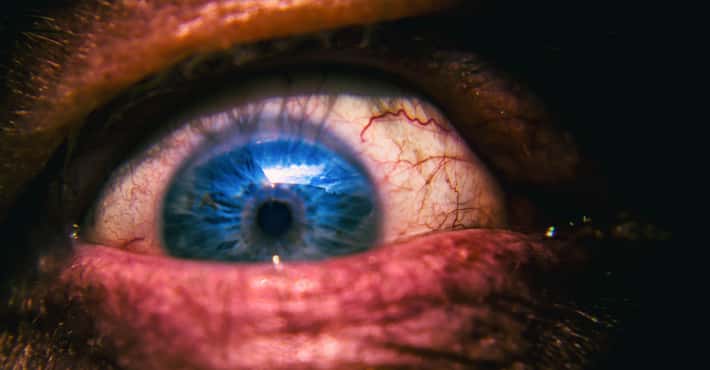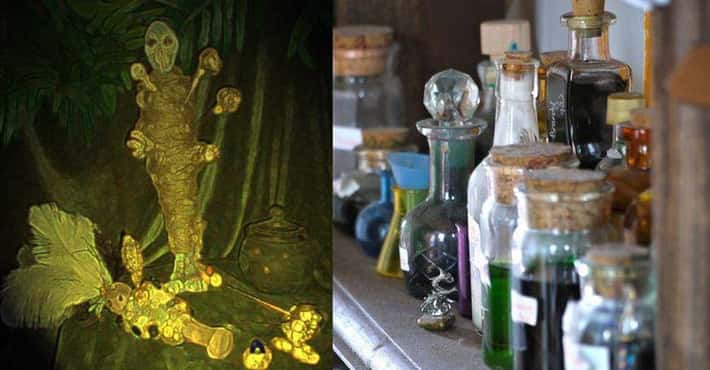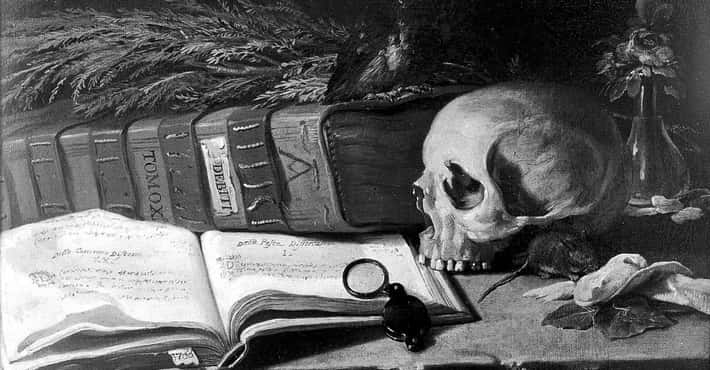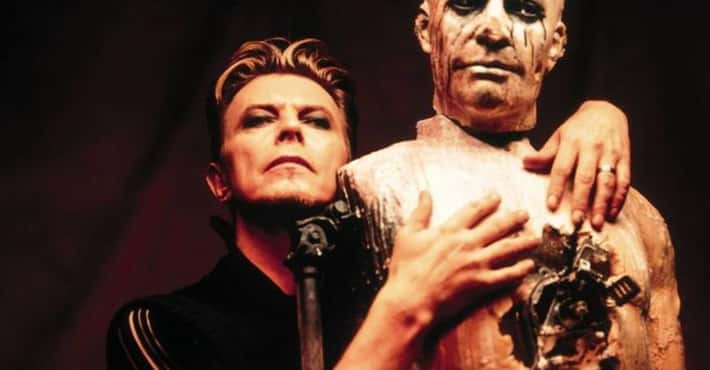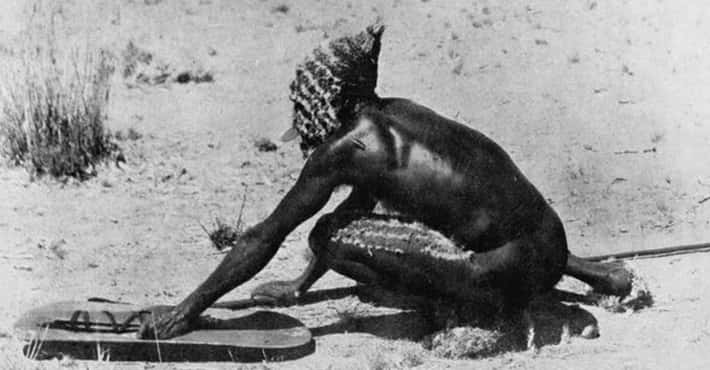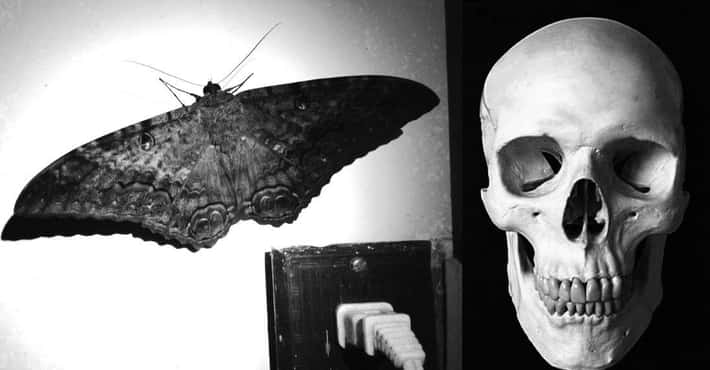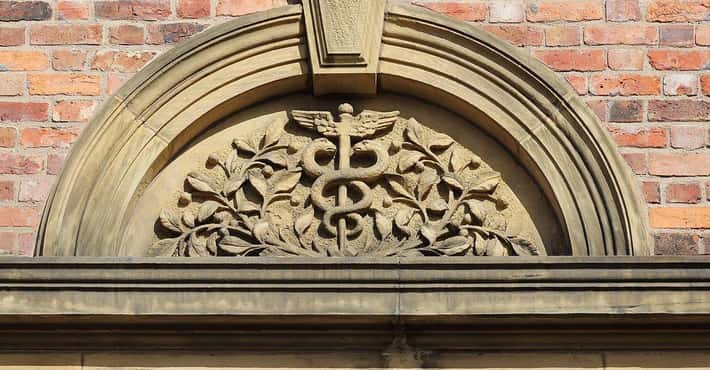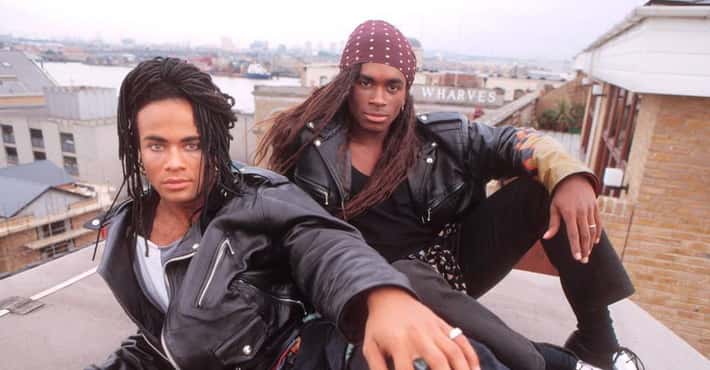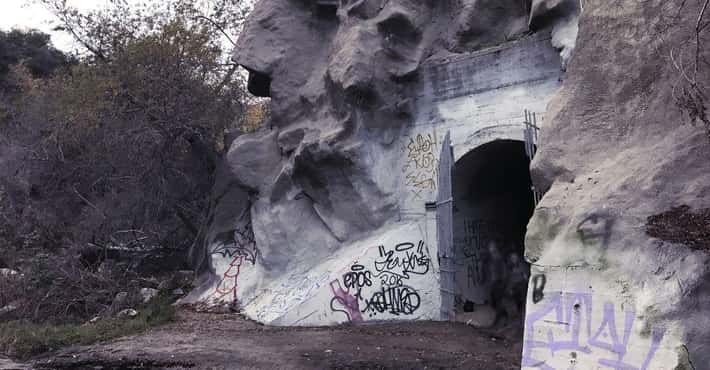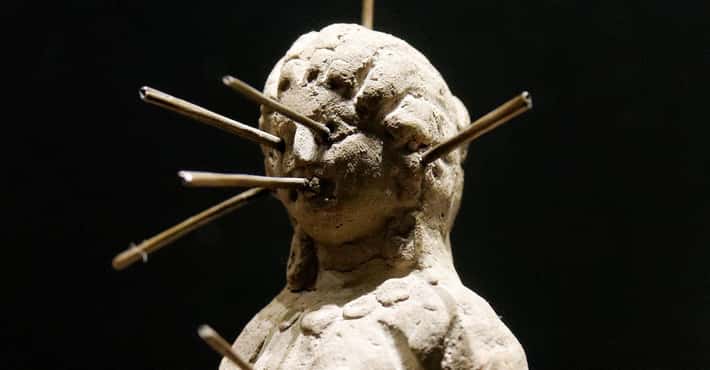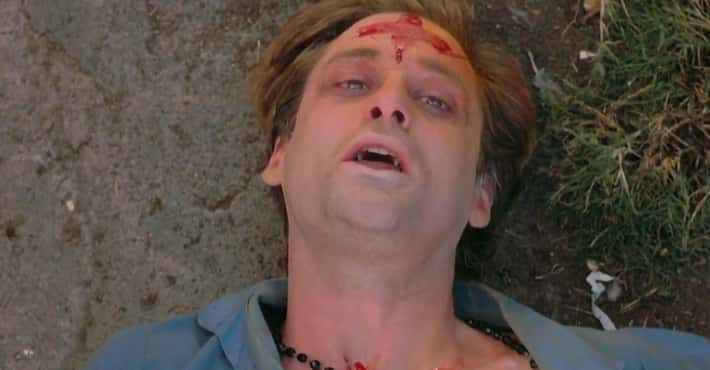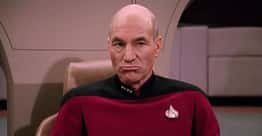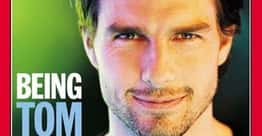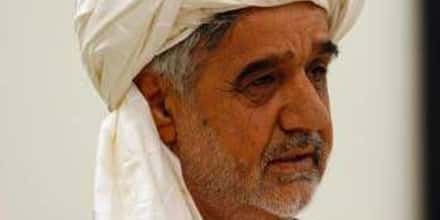The Truth Behind Haitian Voodoo Zombie Practices
Haitian Voodoo (or Voodou) is a religion unlike any other. And while zombies are not necessarily a mainstay of Haitian Voodoo, many practitioners believe that (like many other Voodoo stories) these tales of zombies are real - and there's even evidence to suggest that there is some truth to the Haitian zombie mythology.
The history of zombies existing in Haiti began when the first slaves were brought over from Africa by French colonialists. The origins of these zombies began as a manifestation of the anxieties brought on by slavery, and over generations have evolved into something much more. Here is the truth behind Haitian zombies - without all the sensationalism often found in movies.
Becoming A Zombie Is Brutal
Photo: shankar s. / Wikimedia Commons / CC BY 2.0The process of zombification begins when a bokor selects a victim and administers the zombie powder to them. This administration can vary from ingestion to injection, or even a blow dart. Once the powder takes effect, the victim enters a state of death-like paralysis in which they are still conscious. After being pronounced dead, they then bear witness to their own burial.
To prevent asphyxiation, the bokor must dig up the body within eight hours of the burial. It is at this point that the zombie ritual begins. The bokor starts by capturing the ti bon ange of the victim, which puts the gros bon ange and the body under his control. He then keeps the ti bon ange in a small clay jar or some other container, wraps it in a piece of the person's clothes, and stores it for safe keeping.
A day or two later, the bokor revives their now-zombie using another powder mixture called "zombie cucumber." This hallucinogenic concoction is used periodically to keep the victim in a state of submissive confusion. The bokor can then easily control the zombie, and usually puts them to work farming and laboring. Only when the bokor dies (or voluntarily relinquishes control) can the zombie return to their place of burial to rest in peace.
The Hatian Voodoo Zombie Is Basically A Body Without A Soul
Photo: Jean-noël Lafargue / Wikimedia Commons / Free Art LicenseDistinct from the reanimated corpses found in George A. Romero lore (think Night of the Living Dead), the Haitian voodoo zombie is not actively rotting, nor does it feel compelled to consume the flesh of the living. Basically, in the Haitian Voodoo religion, a bokor (or sorcerer) can capture the soul of a recently deceased person and reanimate their body. This mindless, soulless body is usually then given menial tasks to perform for the bokor.
The Zombie Is Created Using "Zombie Powder"
Photo: Universal Pictures / Fair UseDuring the zombification ritual, a bokor uses a complex powder referred to as “coup de poudre,” or powder strike, made from a variety of ingredients usually including a species of puffer fish, a marine toad, a hyla tree frog, and human remains. The inclusion of the puffer fish is particularly important because it produces a deadly neurotoxin called tetrodotoxin. This toxin creates paralysis and death, and the victims usually remain conscious until right before the moment of death. Additionally, there have been documented cases where people who have ingested tetrodotoxin appeared dead, but went on to make a full recovery.
The Horrors Of Slavery Are Manifested In The Zombie
Photo: Unknown / Wikimedia Commons / Public DomainThe roots of the zombie mythology began with the experiences of African slaves being transported to the French colony of Saint-Domingue in modern Haiti. Life on the sugar plantations there wasn't good, to say the least, and half of the slaves ended up being worked to death within a few years of their arrival, which created a perpetual need for fresh bodies. So, it isn't surprising that, within the Voodoo religion, a version of Hell would be created that involved continuing this toil after death into eternity: enter the zombie.
Slaves brought with them the roots of voodoo tradition, the origins of which can be traced back to nearly 6,000 years ago in West Africa. The French then forced them to convert to Christianity, causing the interesting combination of Catholicism and pagan tradition that is associated with Voodoo today. The horrors of slavery and the anxieties held by a group of people under constant threat of death were woven into the Voodoo religion, including the zombie belief itself.
Clairvius Narcisse Was Supposedly A Real Hatian Zombie
Photo: Stefan Krasowski / Wikimedia Commons / CC BY 2.0In 1980, a vacant-eyed man approached Angelina Narcisse in a market, claiming to be her brother, Clairvius Narcisse. The strange thing was that Angelina had buried her brother Clairvius in 1962. The man in front of her claimed to have been resurrected by a witch doctor and was enslaved on a sugar plantation for the last 18 years.
In 1962, Clairvius had checked into Albert Schweitzer Hospital in Desjardins, Haiti, complaining of body aches and a fever. His condition rapidly deteriorated and within a few days, he was declared dead by doctors.
According to the Clairvius who reappeared in 1980, he remembered the whole ordeal, including the doctors pulling the sheet over his face - except he was paralyzed, not dead. He was awake as he was nailed into his coffin and buried.
Clairvius was able to answer questions that only he would know, and his identity was confirmed by several family members. The purported reason for his prolonged absence was due to a two-year enslavement as a zombie by a bokor. However, after the bokor died, Clairvius remained in hiding as he believed that his brother had sold him to the bokor over a land dispute. It was only after his brother's death that he decided to return.
Voodoo Beliefs About Death Play A Major Role
Photo: shankar s. / Wikimedia Commons / CC BY 2.0In Voodoo, it is believed that a person's soul is divided into two basic parts: the ti bon ange (little good angel) and the gros bon ange (big good angel). The gros bon ange is responsible for a person's life force and their bodily functions, while the ti bon ange is responsible for a person's consciousness and identity.
It is believed that the ti bon ange remains with the body for nine days after death, at which point it is released to face God and account for its sins. Meanwhile, the gros bon ange remains on earth, where it haunts the places where it's body lived until a proper burial ritual has been performed.
Feeding A Zombie Salt Breaks The Curse
Photo: Stefan Krasowski / Wikimedia Commons / CC BY 2.0Allegedly, if you feed a zombie salt it will restore them to their original sensibilities. They will then be compelled to promptly kill the bokor who enslaved them - can you blame them? Once their revenge is complete, they will return to their place of burial to enjoy their "final" death.
Even Within Voodoo Communities Zombies Are Rare
Photo: Thom Quine / Wikimedia Commons / CC BY-SA 2.0One would be wrong to assume that zombies are a common occurrence in the Voodoo religion. On the contrary - many Voodoo practitioners don't even believe that zombies are literally real. Many believe that they are simply folk tales or metaphors.
However, others remain steadfast in their belief that zombies do exist, and actively fear being turned into one. It is in this way that the zombie mythology is used as a way to maintain social order within the Voodoo religious community. Succinctly put, you really don't want to get on the wrong side of a bokor.
The Term Zombie Is Derived From The Word "Nzambi"
Photo: User:Doron / Wikimedia Commons / CC BY-SA 3.0This Kongo word literally means, "spirit of a dead person." However, others say that the term zombie may instead be derived from the West African word "jumbie," which means ghost. Maybe it's a combination of both.
Max Beauvoir, The "Pope of Voodoo," Introduced The West To Zombie Powder
Photo: Fritz Rudolf Loewa / Wikimedia Commons / CC BY-SA 3.0Max Beauvoir, who passed away in 2015 at the age of 79, had long been known as the most powerful and famous Voodoo priest in all of Haiti. He was the head of Haiti's houngans (Voodoo priests) and is credited with committing several amazing feats.
One of his more concrete accomplishments was talking down angry lynch mobs who blamed houngans for the 2010 cholera outbreak (though many Voodoo priests were lynched before he was able to intercede). He is also credited with stopping an American invasion of Haiti and bewitching former President Bill Clinton, whom met with Beauvoir in 1975.
In the west, however, he is best known for his role in helping Wade Davis conduct the research that would appear in the book and later the movie, The Serpent and the Rainbow.
Voodoo Zombies Were The Focus Of 'The Serpent And The Rainbow'
Photo: Universal Pictures / Fair UseThis book, which was later adapted into a movie, chronicles the experiences of ethnobiologist Wade Davis as he explored the truth behind Haitian zombie mythology. After the strange case of Clairvius Narcisse made global headlines, Davis was sent to investigate. In Haiti, he met with Voodoo priest Max Beavoir, who put him in touch with a bokor who frequently performed zombification rituals.
Davis theorized that it was the use of some kind of chemical that resulted in Narcisse's apparent resurrection and disoriented state. Davis observed the creation of the zombie powder, which he came to believe was the chief agent responsible for the phenomenon. When combined with the psychological aspects of the ritual, he thought that this could easily be responsible for creating the mental slave, otherwise known as a zombie.
Voodoo Created The Original Zombies
Photo: Unknown / Wikimedia Commons / Public DomainIn the Night of the Living Dead, the creatures are never actually referred to as zombies. Instead, they are called ghouls. The reason for this is that the term zombie already referred to something else: the Haitian voodoo zombie. Later, due to the obvious similarities, the term started being applied to Romero's ghouls.
Since the 1600s, the Voodoo religion has believed in zombies, though a romanticized version was eventually presented to the public in the classic film White Zombie. The key point though is that, unlike modern zombies, voodoo zombies aren't scary. Instead, people are way more scared of becoming a zombie than of running into one.


